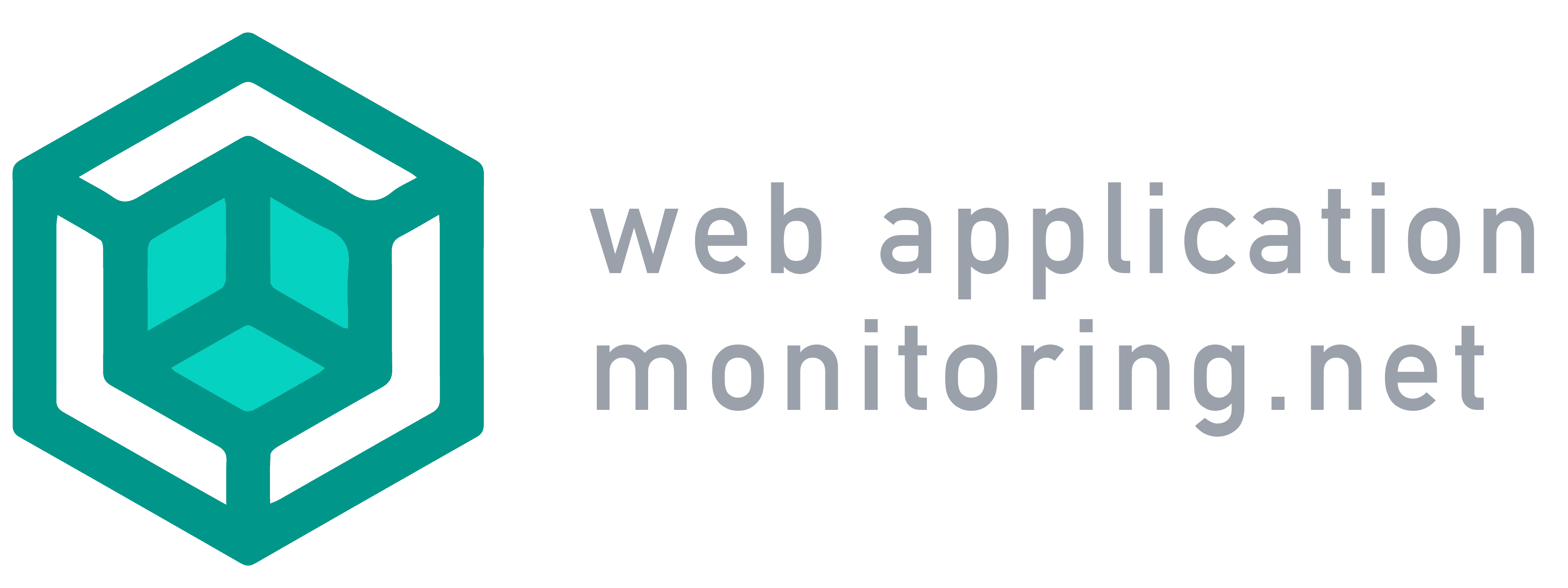This article serves as a helpful guide to what kinds of monitoring tools are available in the market to aide you on your journey to successfully monitor your web-based applications.
Web-Based Services
In a matter of years, everything in the business world turned web-dependent. The web was used to deliver content to customers, to engage them, perhaps to market and to generate sales. Not only was the web used in one location, but precise arrangements had to be made for this content to be available across platforms.
Likewise, the complexity of web applications, with the advent of micro-services, content delivery networks (CDN), and other kinds of complicated web architecture, the need to maintain and keep these applications up to par has become more and more significant.
On top of this, users demand that a web application be available and performing at peak levels all the time, in addition to being accessible from a wide variety of sources.
As a result, web application monitoring systems have gained their popularity and reputation; and rightfully so. However, choosing the right tool, having the right systems in place, and carefully forecasting what a business needs may be tough business to handle.
The knowledge needed to project what kind of failures related to web applications a business might encounter, the right tools available to fix those errors, and to avoid a flood of alerts and notifications to keep the IT team fresh and at ease, has become timely wisdom.
Web application monitoring systems help keep a check on your inventory in a variety of ways. These include keeping a detailed overview of how a direct user may experience your application, monitoring uptime, load times, the errors displayed, seeing with true eyes the overall performance of any web application, reducing maintenance times, pulling the roots of problems to avoid future recurrence, and to improve overall web application experience amongst users.

Web-Based Application Monitoring Tools
There are a variety of different types of tools available to you to monitor and synthesize your web application so that it operates at optimal levels and gives results. In short, there are four levels:
- Real User Monitoring
- Synthetic monitoring
- Application Performance Monitoring
- Log Monitoring
Real User Monitoring
It may be helpful to see metrics while any application is in use. Real User Monitoring, or RUM, does just that. RUM will help by putting an injectable code into an application while it’s working. Usually, the code used will be in JavaScript, and it will monitor the web application’s page load times and requests sent to the server. This data will then be sent to a data storage area where it can then be analyzed and processed.
Some RUM tools will enable you to automatically connect to the web application without you having to worry about setting up. For others, however, there may be a manual configuration component. Both are helpful. It really depends on the kind of user you are.
Examples
Whereas any business can benefit from RUM, there are some specific uses.
- A retail store can push and add more and more content into their inventory, thereby checking to see if it has any effect on load times.
- Page load times can be assessed over a variety of mobile devices, to see if there are any differences across platforms.
- RUM can track user behavior over the catalog, and this can provide leads into how you can generate revenue by marketing in specific locations.
- It can also help boost your web application’s performance by giving an overview of a generally low performing code; it can open doors for developers to see if they can manipulate it further and bring it to top performance levels.
Benefits & Drawbacks
There are a number of interconnected benefits to using RUM as a monitoring tool. It can provide insights into customer experience which can then be used to foresee performance issues. Performance issues, when checked-in with earlier, can serve as a make-or-break stepping stone for any business.
Rough data about user behavior is also collected, which can help developers see how any user interacts with an application, and provide an opportunity to make it even faster and better over the long-run.
Some pitfalls include not being able to give a long-term picture of user behavior since user behavior fluctuates over time. Since RUM also generates a large amount of data, it may become necessary to invest in visualization tools that can help interpret data.
Synthetic Monitoring
Synthetic monitoring is a bit like load testing. You generate code for a specific user behavior and plug it into the application to see how the application performs. Synthetic monitoring can turn out useful when taking into account critical functions and pathways to see if they’re working or how they’re performing overall.
This can be done inside or outside the firewall. You would test inside the firewall, near the data centers, to see how well the hardware performs. You can test outside the firewall to see how the application responds globally.
The monitoring aspect of this tool comes about because of its constant testing system–a particular application can be pinged several times over a time period, or even all the time. The application can be pinged either from a single location or multiple locations at the same time. This gives you a large set of data to work with, giving you enough information to form a baseline view of the performance of your web application, even when it’s not being used as much.
These are scripted tests that run on the application for different purposes; for instance, synthetic testing can be used to monitor how the application behaves when a user puts a new item in the cart, or when they check out. This will help to see if there are any obstacles in the user’s path and to really test out a new feature before making it go live on the application.
Synthetic monitoring can prove divisive. It’s the step to take before any function on the web application goes live. It can help to see issues beforehand so a team can be deployed to fix them. It can also help provide a baseline or a lens through which the performance of an application can be gauged. Projections for an upcoming season can also be an added benefit, since synthetic monitoring will allow you to simulate user behavior in a particular area of the application.
Application Performance Monitoring (APM)
APM is the umbrella under which smaller monitoring tools fall. It provides metrics on key software functions. This can be used to monitor application performance across a variety of testing schedules, to optimize performance by identifying bottlenecks and areas of improvement, and to keep a check on application response times.
Businesses would generally use this tool to provide better service to its users. These tools can be used to provide the following services:
- Delivery and mapping
APM tools can help identify the working mechanisms of any application and map them. This generally acts as a visualization tool to see all the different aspects of your application.
- Observability
Each and every transaction is tracked to give you an overall view of a user’s experience. The effects of these transactions on your business can also be seen.
- Finding the root cause
APMs may be able to root out problems that have been recurring. The impact on business can also be analyzed through this analysis.
- Integration
APMs can be integrated with house software to allow for more streamlined processes. This way they can be part of the infrastructure.
This is only a preliminary list. The use-case for APMs becomes as long and as wide as the complexity some web applications demand.
Benefits to using APMs include your application being more stable and being able to provide more uptime. Incidents where the application falters are reduced. Performance issues can easily be identified and resolved. In turn, software can be released faster and perform more efficiently. The application is basically optimized to perform at its top level.
Web-Based Application Log Monitoring
Log monitoring can check your system’s performance by monitoring the logs that are generated as each transaction takes place. This type of monitoring is used to generate a view of the lifecycle of any program. The correct location of any program is easily detected by looking at the logs and therefore, it’s easier to eliminate them.
By looking at the logs of any system, the system can be automated, leaking areas of code, or excess functions or excess code can easily be detected and removed, thereby optimizing the application.
Web-Based Application Monitoring in Conclusion
Various avenues exist in the realm of web-application monitoring. This article has briefly gone over the ways in which web applications can be monitored. There are tons of benefits involved in being able to monitor applications.
Each type has its own complexities and benefits. Some may have pitfalls, too, but the overall benefits of having a monitoring system in place outweigh the negatives. Any business now can improve customer relations and thereby generate greater revenues by making sure their web application is performing optimally.
